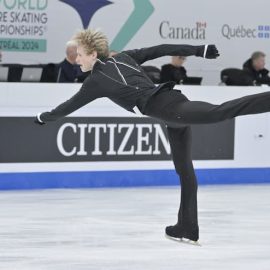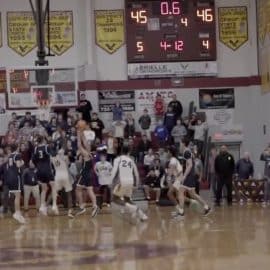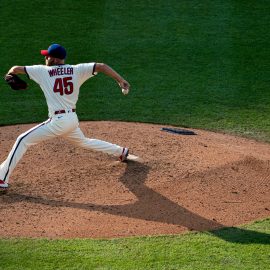Major League Baseball’s Competition Committee met Monday to discuss potential changes to the rules scheduled to take place this season. That meeting was the result of suggestions made by the Players Association.
As expected there will be no actual rule changes, and the pitch clock will remain the same – 15 seconds with no one on base and 20 seconds with runners on base – but simple modifications will be made.
Minor tweaks coming to the pitch clock
Players will be provided extra time if they’re involved in an inning-ending defensive play, particularly an outfielder who leads off the next inning. Hitters also will be given ample time to be ready in the batter’s box.
MLB plans to send rule clarifications to teams, players and umpires on the new rules for the upcoming season, providing time to make the necessary adjustments by Opening Day.
The rules that went into effect this spring training included the pitch clock, limitations on shifts, and disengagements from the rubber, larger bases, and crackdowns on complicated pitching windups and other potential balks.
Through the entire rules process, the players have been consistent in their dislike of the pitch clock. When the new rules were brought before the committee for a vote last year, the four players voted no.
Players still unhappy with the pitch clock
The MLB Players Association and individual players have expressed a handful of concerns about pitch-clock regulations.
Some players still feel that the 15-second timer should be relaxed when no one is on base. They’re also concerned that hitters should have a little more time to be in the batter’s box. Currently, batters receive an automatic strike if they are not ready to receive a pitch with eight seconds remaining on the clock.
Hitters have also expressed the desire to call more than one timeout per plate appearance. There aren’t many pitchers who like the pitch clock but Max Scherzer says he loves it. The Mets ace points out that the clock allows him to force hitters into holding their batting stances longer than is comfortable.
Rules having their intended effects
Spring training games have been 25 minutes shorter than spring training games last year. The instances of batters failing to be ready in time have been rare but in some cases, glaring:
Old habits die hard. 😐
Willson Contreras adjusts his batting gloves after a foul ball and pays the price with an automatic third strike. pic.twitter.com/s8jDtpudNp
— Codify (@CodifyBaseball) March 20, 2023
The larger bases are designed to encourage more stolen bases and they’re having the desired effect. SB attempts are up over 50% in the spring, with a higher success rate.
Add The Sports Daily to your Google News Feed!







